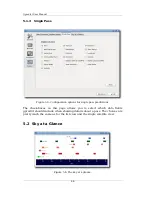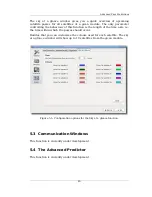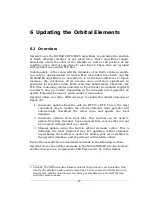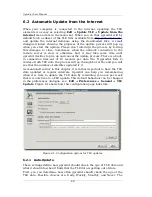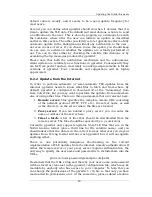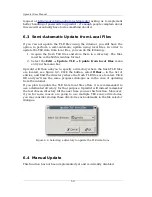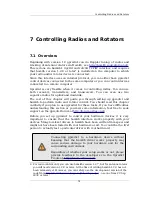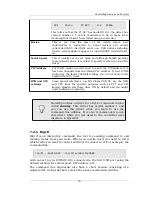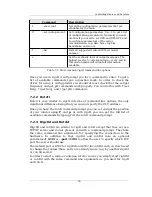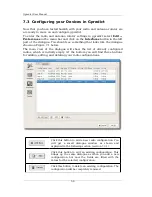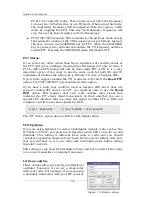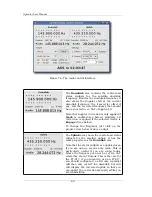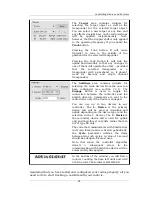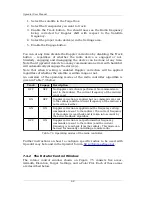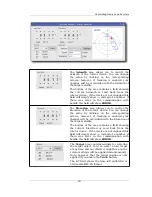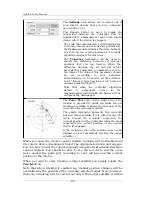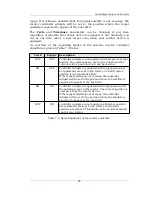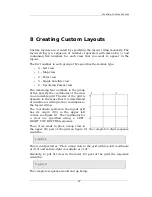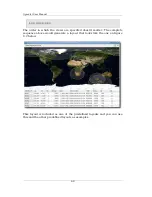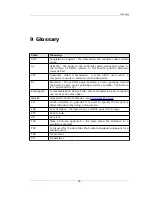
Controlling Radios and Rotators
in the 28-30 MHz range to track satellites in the 144-146 MHz range, your
LO Down frequency would be 144 – 28 = 116 MHz. Similarly for LO Up,
which is for uplink.
7.3.2 Antenna Rotator Configuration
The antenna rotator setup is similar to the radio setup except a few
parameters that are described below.
Az-type:
By default, gpredict assumes that the azimuth axis of the rotator goes from
0° to 360° with 0° pointing towards North and the center 180° pointing
towards South. There are, however, azimuth rotators that are centered
around 0°, which is North, and go ±180°, i.e. their azimuth range is –180°
to +180°. Select –180° → 0° → +180° if you have one of these rotators and
gpredict will automatically take this into account when tracking satellites
with your rotator.
Min/Max Az/El:
When you select Az-type gpredict will automatically provide the proper
ranges. However, if your rotator has a wider or narrower range for either
Az or El you can specify it here.
7.4 Controlling your Devices with Gpredict
The radio and rotator control interfaces are attached to a specific module.
You can control one radio and one antenna rotator per module at any given
time. If you have more than one module open, you can have one radio and
one rotator interface open for each module. Thus, if your task is to monitor
two different transponders of the same satellite using two different radios,
you simply need two modules having the same satellite.
You can access the radio and antenna rotator control windows via the
module popup menu, see Figure 2.3.
7.4.1 The Radio Control Window
The radio control window shown on Figure 7.4 consists of four areas:
Satellite, Radio, Target, and Device. Each of these are described below.
59

